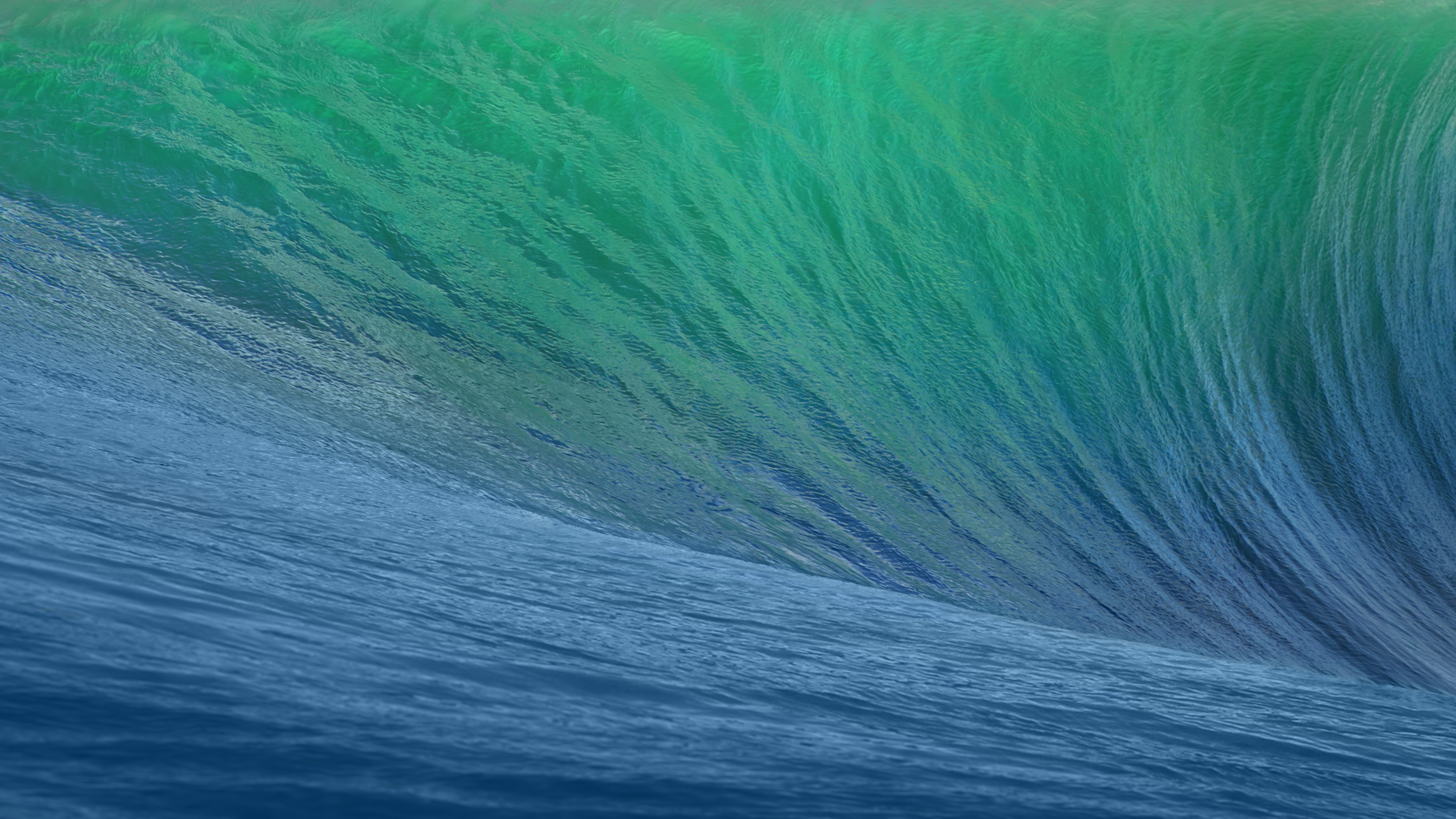Apple Mac Os X Mavericks free download - Apple Mac OS X Snow Leopard, Apple Mac OS X Yosemite, Apple Mac OS X Lion 10.7.5 Supplemental Update, and many more programs. After downloading Mavericks from the App Store, navigate to Applications and copy the 'Install OS X Mavericks' file onto your Mac Pro (in the Application folder) and run the newest version of SFOTT from the Mac Pro, so you can create a fresh USB installer. Bonanza autopilot manual.
Few hours ago Apple announced that the new and redesigned operating system update for OS X users which is called Yosemite 10.10 is now available for general users through Mac App Store. In the beginning the beta versions were released for developers and later the public beta versions were also issued for those users who signed up for it.
You may also like to read the following posts:
Also Read: How to Install Yosemite on Internal Drive Partition or on External USB Storage
OS X Yosemite includes a lot of new features, which we have already discussed about in various articles in recent past. The new public build now also contains those features which were still not available in the beta releases like Handoff, SMS, Instant Hotspot and iCloud integration. However, this article deals with those steps which you should take care of before and during the Yosemite Upgrade process.
It is sure that you can upgrade your Mac to Yosemite only if you are already running it on Mavericks. If you are still running an older version, you should first install the Mavericks and then upgrade to Yosemite.
It doesn't mean we can't install Yosemite on a formatted and clean drive, but the process is a little bit tricky. In fact you need a bootable disk or USB of Yosemite for clean and fresh installation. If you want to make a bootable USB, you should not start the upgrade process after Yosemite OS X file has finished downloaded. We are going to write a complete tutorial on it soon. But if you don't need bootable USB or drive, simply follow the below mentioned steps.
Step 1: Check for System Requirements
The first thing you should confirm is whether you Mac can run Yosemite or not. Ideally any Mac which can run Mavericks is eligible for upgrade. The minimum hardware requirements for Yosemite are as follows:
- iMac (Mid-2007 or newer)
- MacBook (13-inch Aluminum, Late 2008), (13-inch, Early 2009 or newer)
- MacBook Pro (13-inch, Mid-2009 or newer), (15-inch, Mid / Late 2007 or newer), (17-inch, Late 2007 or newer)
- MacBook Air (Late 2008 or newer)
- Mac Mini (Early 2009 or newer)
- Mac Pro (Early 2008 or newer)
- Xserve (Early 2009)
Can You Still Download Os X Mavericks

Secondly make it sure you have enough space for the installation and for the subsequent smooth operation of the OS X. At least 25+GB should be available on the drive.
Step 2: Prepare the Hard Drive or USB
If you don't have enough space on the drive, follow these simple steps to free up some space for new software. In case you are going to install it on external hard drive or on USB, you should read our detailed article on 'How to format, make partition, and prepare external drive or USB for Yosemite installation'.
The summary of all the mentioned articles is that we should delete the unwanted and old apps, clear Trash Bin, run the disk maintenance tools and back up the drive first.
Step 3: Download Yosemite 10.10
Yosemite upgrade is free for all. http://qidwlr.xtgem.com/Blog/__xtblog_entry/19154410-crumplepop-faceblur-1-0-2#xt_blog. All you need is an Apple ID. After launching the Mac App Store, sign in by entering the Apple account credentials and then click on 'Updates'.
Tip: Direct link to App store for Yosemite download
- On the UPDATES page, you'll see a big banner of Yosemite. Now simply click on 'Free Upgrade'.
- A new popu-out window may appear to reconfirm the password.
- If you see any error, like ‘This item is temporarily unavailable.', ‘OS X Yosemite failed to download' or any other error, go to Purchases Tab and click on 'Download' again. If you are still unable to start the downloading, take a break and retry after 1-2 hours as the servers are under pressure right now due to heavy downloads.
Once Yosemite 10.10 has been downloaded, the installer will automatically launch.
Now follow the simple on-screen instructions to complete the upgrade process from Mavericks to Yosemite.
To get the latest features and maintain the security, stability, compatibility, and performance of your Mac, it's important to keep your software up to date. Apple recommends that you always use the latest macOS that is compatible with your Mac.
Learn how to upgrade to macOS Big Sur, the latest version of macOS.
Check compatibility
Download Os X Mavericks
If a macOS installer can't be used on your Mac, the installer will let you know. For example, it might say that your Mac doesn't have enough free storage space for the installation, or that the installer is too old to be opened on this version of macOS.
If you want to check compatibility before downloading the installer, learn about the minimum requirements for macOS Catalina, Mojave, High Sierra, Sierra, El Capitan, or Yosemite. You can also check compatible operating systems on the product-ID page for MacBook Pro, MacBook Air, MacBook, iMac, Mac mini, or Mac Pro. Amazon alexa connect to mac.
Make a backup

Secondly make it sure you have enough space for the installation and for the subsequent smooth operation of the OS X. At least 25+GB should be available on the drive.
Step 2: Prepare the Hard Drive or USB
If you don't have enough space on the drive, follow these simple steps to free up some space for new software. In case you are going to install it on external hard drive or on USB, you should read our detailed article on 'How to format, make partition, and prepare external drive or USB for Yosemite installation'.
The summary of all the mentioned articles is that we should delete the unwanted and old apps, clear Trash Bin, run the disk maintenance tools and back up the drive first.
Step 3: Download Yosemite 10.10
Yosemite upgrade is free for all. http://qidwlr.xtgem.com/Blog/__xtblog_entry/19154410-crumplepop-faceblur-1-0-2#xt_blog. All you need is an Apple ID. After launching the Mac App Store, sign in by entering the Apple account credentials and then click on 'Updates'.
Tip: Direct link to App store for Yosemite download
- On the UPDATES page, you'll see a big banner of Yosemite. Now simply click on 'Free Upgrade'.
- A new popu-out window may appear to reconfirm the password.
- If you see any error, like ‘This item is temporarily unavailable.', ‘OS X Yosemite failed to download' or any other error, go to Purchases Tab and click on 'Download' again. If you are still unable to start the downloading, take a break and retry after 1-2 hours as the servers are under pressure right now due to heavy downloads.
Once Yosemite 10.10 has been downloaded, the installer will automatically launch.
Now follow the simple on-screen instructions to complete the upgrade process from Mavericks to Yosemite.
To get the latest features and maintain the security, stability, compatibility, and performance of your Mac, it's important to keep your software up to date. Apple recommends that you always use the latest macOS that is compatible with your Mac.
Learn how to upgrade to macOS Big Sur, the latest version of macOS.
Check compatibility
Download Os X Mavericks
If a macOS installer can't be used on your Mac, the installer will let you know. For example, it might say that your Mac doesn't have enough free storage space for the installation, or that the installer is too old to be opened on this version of macOS.
If you want to check compatibility before downloading the installer, learn about the minimum requirements for macOS Catalina, Mojave, High Sierra, Sierra, El Capitan, or Yosemite. You can also check compatible operating systems on the product-ID page for MacBook Pro, MacBook Air, MacBook, iMac, Mac mini, or Mac Pro. Amazon alexa connect to mac.
Make a backup
Before installing, it's a good idea to back up your Mac. Time Machine makes it simple, and other backup methods are also available. Learn how to back up your Mac.
Download macOS
It takes time to download and install macOS, so make sure that you're plugged into AC power and have a reliable internet connection.
Download Os X Mavericks 10.9.0
These installers from the App Store open automatically after you download them:
- macOS Catalina 10.15 can upgrade Mojave, High Sierra, Sierra, El Capitan, Yosemite, Mavericks
- macOS Mojave 10.14 can upgrade High Sierra, Sierra, El Capitan, Yosemite, Mavericks, Mountain Lion
- macOS High Sierra 10.13 can upgrade Sierra, El Capitan, Yosemite, Mavericks, Mountain Lion, Lion
Your web browser downloads the following older installers as a disk image named InstallOS.dmg or InstallMacOSX.dmg. Open the disk image, then open the .pkg installer inside the disk image. It installs an app named Install [Version Name]. Open that app from your Applications folder to begin installing the operating system.
- macOS Sierra 10.12 can upgrade El Capitan, Yosemite, Mavericks, Mountain Lion, or Lion
- OS X El Capitan 10.11 can upgrade Yosemite, Mavericks, Mountain Lion, Lion, or Snow Leopard
- OS X Yosemite 10.10can upgrade Mavericks, Mountain Lion, Lion, or Snow Leopard
Install macOS
Follow the onscreen instructions in the installer. It might be easiest to begin installation in the evening so that it can complete overnight, if needed.
If the installer asks for permission to install a helper tool, enter the administrator name and password that you use to log in to your Mac, then click Add Helper.
Please allow installation to complete without putting your Mac to sleep or closing its lid. Your Mac might restart, show a progress bar, or show a blank screen several times as it installs both macOS and related updates to your Mac firmware.
Learn more
You might also be able to use macOS Recovery to reinstall the macOS you're using now, upgrade to the latest compatible macOS, or install the macOS that came with your Mac.
